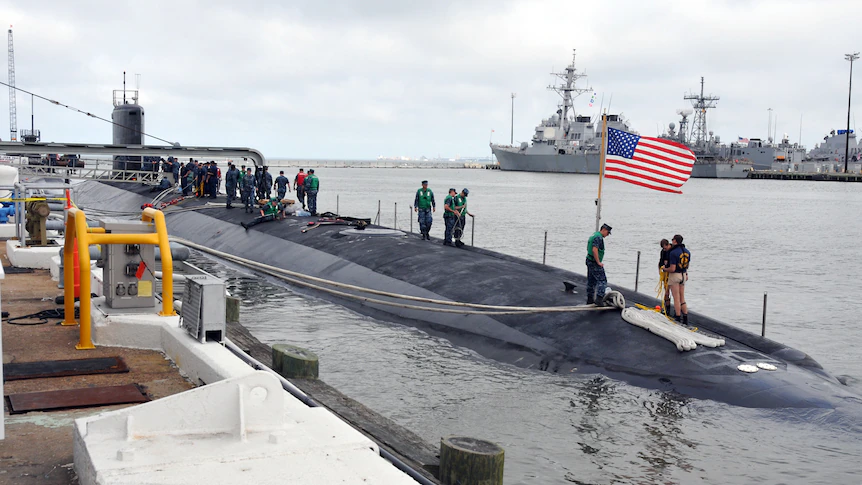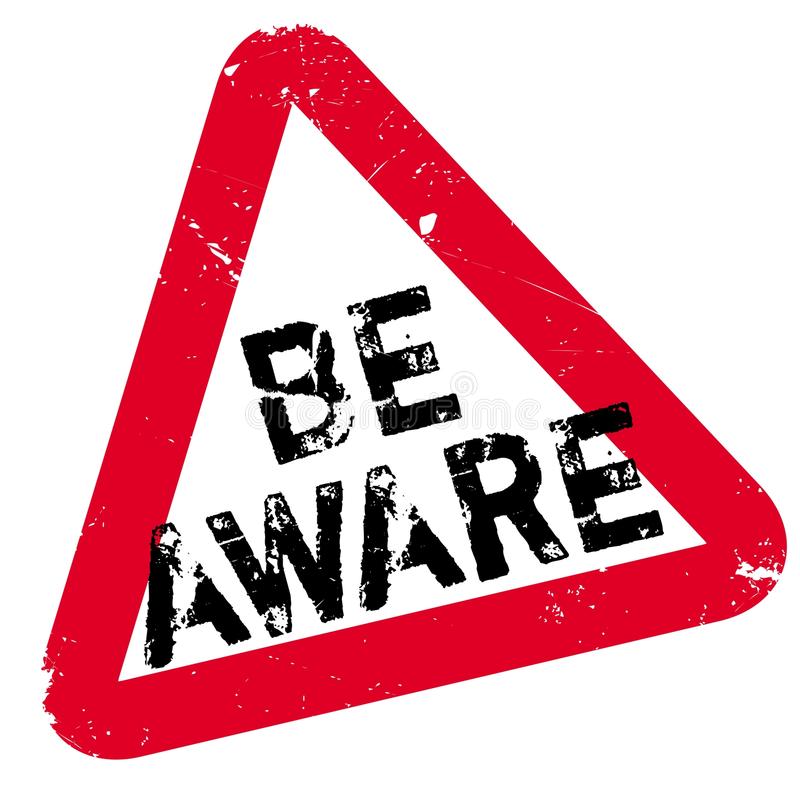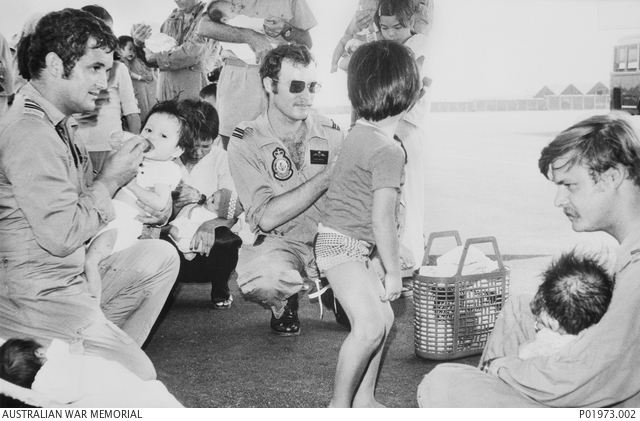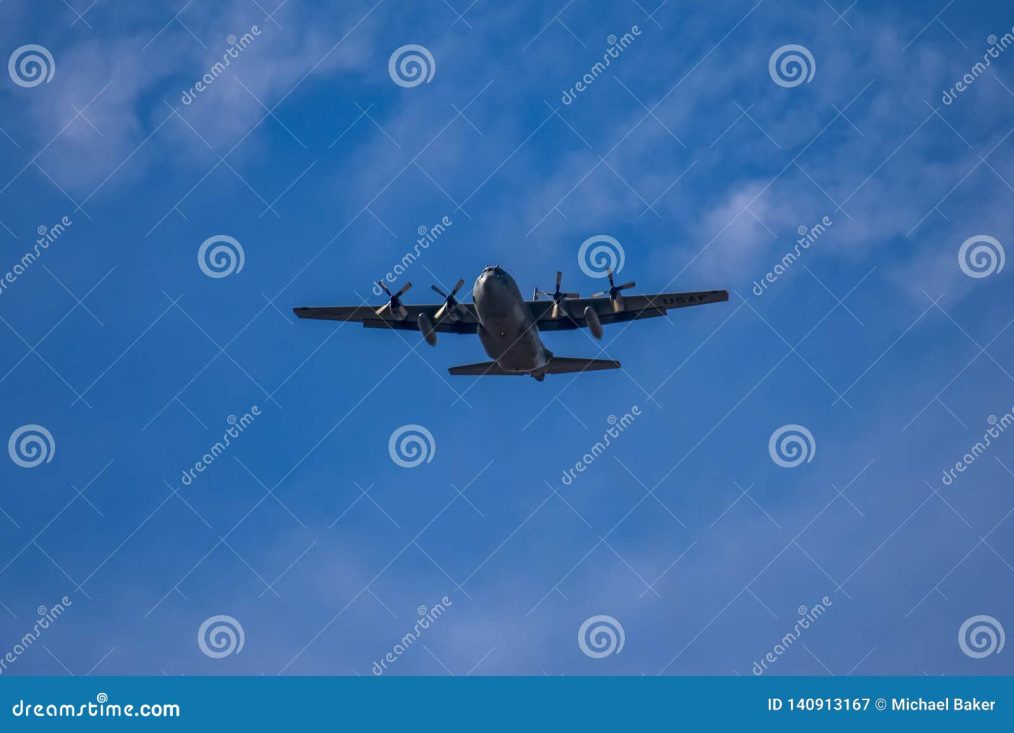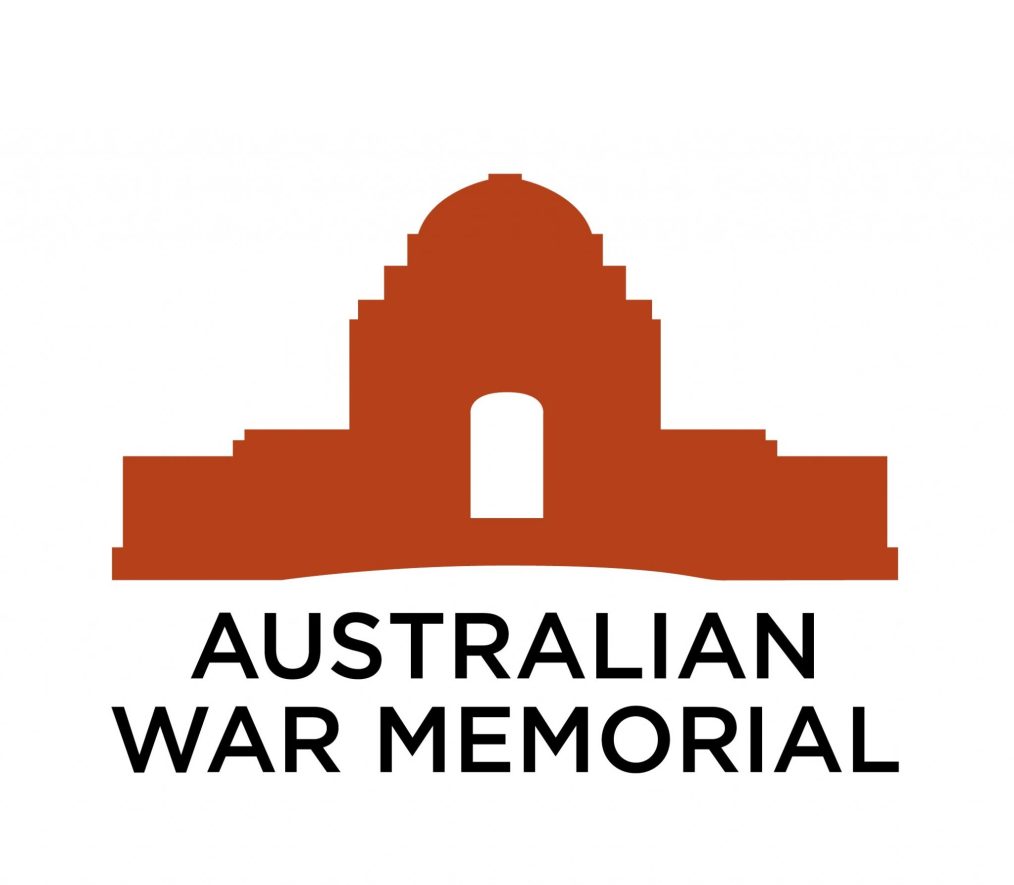The inaugural sea trials for the US Navy’s Virginia Class attack submarine, New Jersey (SSN 796), have been successfully completed, marking a crucial step in its journey towards active duty. Over several days at sea, the vessel underwent rigorous testing of its vital systems and components, as announced by Huntington Ingalls Industries (HII), the US military shipbuilder, on February 29th.
These tests encompassed a range of operations, including the submarine’s first submergence, as well as high-speed manoeuvres both on the surface and submerged. The Newport News Shipbuilding (NNS) division will continue to conduct further testing before formally delivering the vessel to the US Navy.
Jason Ward, the Vice President of NNS Virginia Class submarine construction, remarked, “Taking New Jersey out for the first time is a significant milestone and the first major test of the submarine’s capabilities at sea. Both New Jersey and her crew performed exceptionally well. This was truly a team effort between shipbuilders, thousands of suppliers around the country, and the crew. We look forward to delivering New Jersey to the Navy soon so it can begin its service to our nation.”
New Jersey, the 23rd Virginia class submarine, holds the distinction of being the first submarine designed with gender integration modification. It was christened in November 2021 and is slated to be the 11th delivered by NNS.
In December 2023, a historic moment occurred as the US Congress passed the 2024 National Defence Authorization Act (NDAA), authorizing the transfer of three Virginia Class submarines to Australia for the first time. This move seeks to ensure Australia’s critical submarine capability leading up to the delivery of Australian-built SSN-AUKUS from the early 2040s.
The NDAA also establishes a national exemption for Australia and the United Kingdom from US defence export control licensing and includes them in the US Defence Production Act. Specifically, it greenlights the transfer of two in-service and one off-the-production-line Virginia Class submarine to Australia, with the option for Australia to seek congressional approval for the purchase of additional submarines.
Furthermore, the act authorizes the maintenance of US submarines by Australians in Australia, coinciding with increased port visits by UK and US nuclear-powered submarines, as well as a rotational presence starting as early as 2027 under Submarine Rotational Force West. The most intricate maintenance activity on a US nuclear-powered submarine in Australia to date is planned at HMAS Stirling in the latter half of 2024.
This significant decision received approval from both the US Senate and the House of Representatives, marking a collaborative effort to bolster submarine capabilities and strategic partnerships in the Indo-Pacific region.


